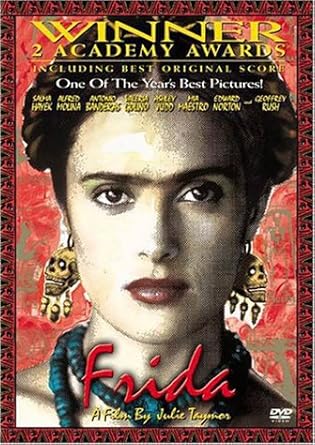The second half to Goya's life and works showcase his overall perspective of life becomes dark and cynical. Now he turns the dramatic Romanticism deep into the monstrous side of the irrational and the dangerous flaws of Enlightenment.
He uses the new invention of "aquatint"
(a print resembling a watercolour, made by etching a copper plate with nitric acid and using resin and varnish to produce areas of tonal shading.) as a form of print making to fuel his revelations and revolutionary expressions in order to lampoon, satirize and mock the institutions, practices and commonly held beliefs of his time.
In 1799 Goya published 80
Caprichos prints depicting what he described as "the innumerable foibles and follies to be found in any civilized society, and from the common prejudices and deceitful practices which custom, ignorance, or self-interest have made usual."
Another collection of 82 prints called the
Disasters of War, 1810s, Goya vents his visual voice with protest against the violence of the 1808 Dos de Mayo Uprising, the subsequent Peninsular War and the setbacks to the liberal cause following the restoration of the Bourbon monarchy in 1814.
The scenes created withing these prints are singularly disturbing, sometimes macabre in their depiction of battlefield horror, and represent an outraged conscience in the face of death and destruction. Goya expresses the randomness of violence in these prints, and in their immediacy and brutality they have been described as analogous to 19th- and 20th-century photojournalism of the atrocities of war.
They were not published until 1863, 35 years after his death. It is likely that only then was it considered politically safe to distribute a sequence of artworks criticising both the French and restored Bourbons.
Goya created another set of prints -
Tauromaquia (the art of bull fighting) between 1815 and 1816, at the age of 69. Bullfighting was not politically sensitive, and the series was published at the end of 1816 in an edition of 320—for sale individually or in sets—without incident. It did not meet with critical or commercial success however.
His late period culminates with the
Black Paintings of 1819–1823, applied on oil on the plaster walls of his house the "Quinta del Sordo" (house of the deaf man) where, disillusioned by political and social developments in Spain he lived in near isolation.
The paintings originally were painted as murals on the walls of the house, later they were lifted off the walls and attached to canvas. Currently they are held in the Museo del Prado in Madrid.
At the same time, he worked on 22 prints called Los disparates (The Follies), also known as Proverbios (Proverbs) or Sueños (Dreams), again a series of prints in aquatint and etching, with retouching in drypoint and burin, created between 1815 and 1823.
The scenes of the Disparates, which are difficult to explain, include dark, dream-like scenes that scholars have related to political issues, traditional proverbs and the Spanish carnival.
Goya eventually abandoned Spain in 1824 to retire to the French city of Bordeaux, accompanied by his much younger maid and companion, Leocadia Weiss, who may or may not have been his lover.
** end **
*******
APPRECIATE ART & CULTURE * LOVE SPAIN
Resource Books written by
Karla Ingleton Darocas
and published by
SpainLifestyle.com
* CLICK HERE *
*******

